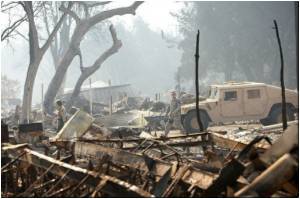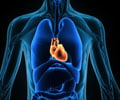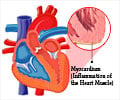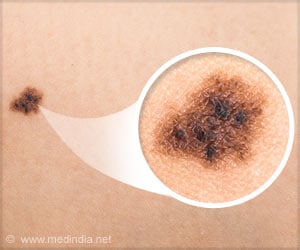The risk of heart disease increases for firefighters when they have to deal with dangerous levels of ultrafine particulates fighting fires with probably no protection.

In a study conducted collaboratively by the University of Cincinnati (UC), Underwriters Laboratories Inc. and the Chicago Fire Department, researchers have found that more than 70 percent of particulates released during fires are "ultrafine," invisible to the naked eye but able to be inhaled into the deepest compartments of the lung.
These findings were reported in the August 2010 issue of the Journal of Occupational and Environmental Medicine. This study was the first to characterize the size and distribution of particulates, including those in the ultrafine range, during domestic fires.
For this study, researchers conducted a series of simulated house and automobile fires to measure the amount and specific characteristics of breathable particulates released during combustion and, consequently, what firefighters are exposed to during the course of their typical work environment.
Fire suppression takes place in two phases. In the first, known as "knockdown," firefighters squelch the flames with water to avoid fire spread. Workers are required to wear protective breathing equipment during this time to avoid exposure to smoke and toxic gases produced from the process. During "overhaul," the second phase, firefighters enter the structure and work to prevent re-ignition of partially burned material.
Researchers found that levels of ultrafine particulates were highest during overhaul, both in indoor and outdoor structure fires as well as automobile fires.
"Standard issue firefighting equipment weighs about 60 pounds, and under the exertion of firefighting the standard air tank only lasts about 20 minutes, so as soon as they determine the situation is safe—typically during overhaul—firefighters shed the protective gear," he adds. "Much of this ultrafine exposure could be avoided through equipment improvements and more rigid safety protocols for fire suppression—including additional workers who could be rotated in to reduce the physical and emotional burden of the job."
Source-Eurekalert
 MEDINDIA
MEDINDIA



 Email
Email










